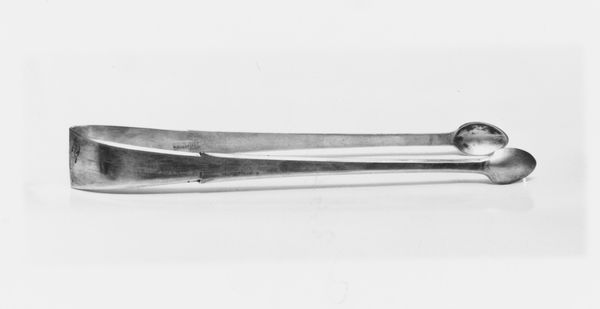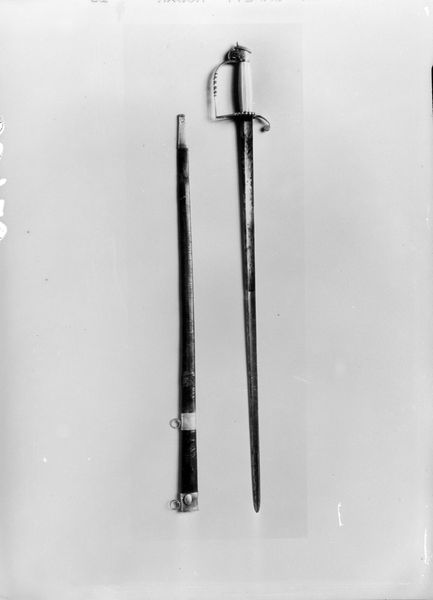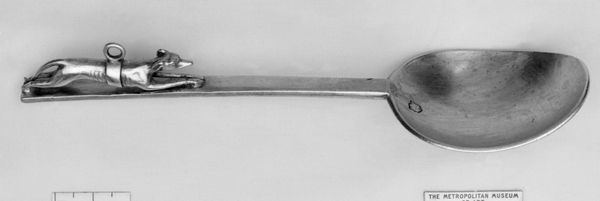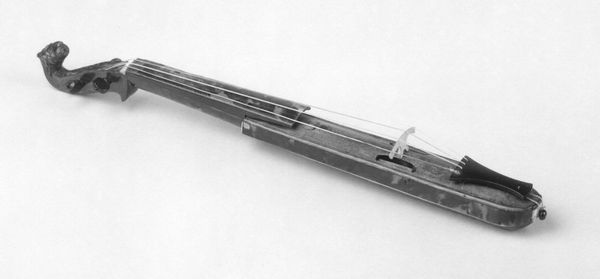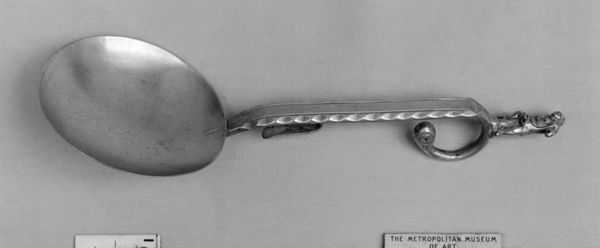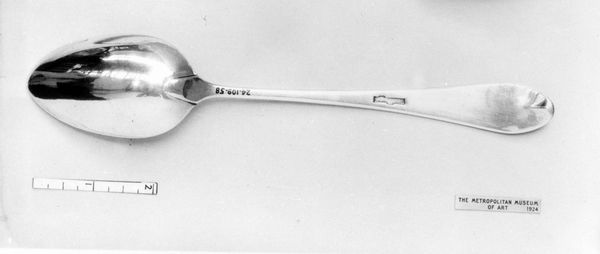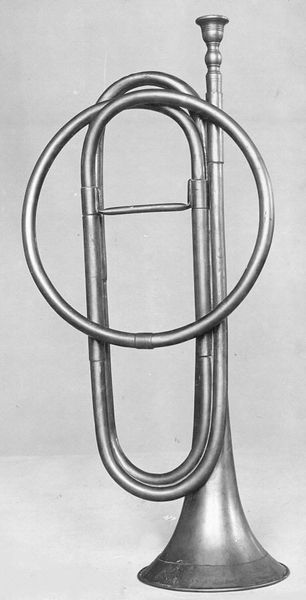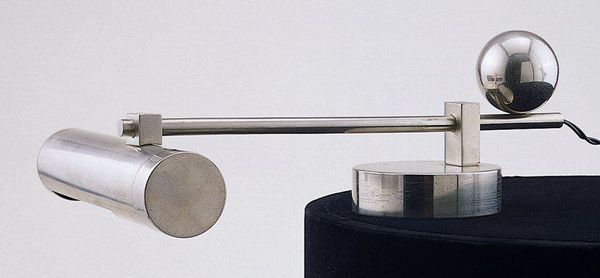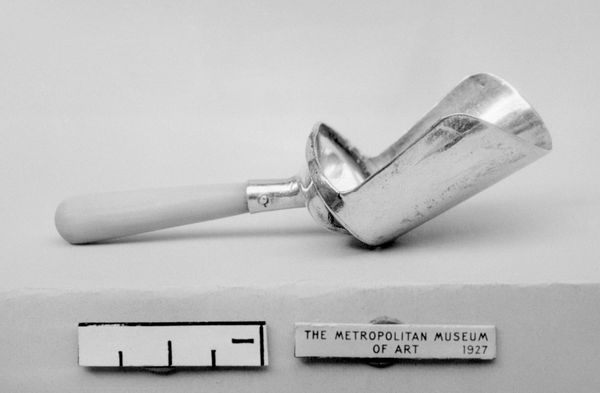
drawing, wood
#
drawing
#
asian-art
#
black and white
#
men
#
china
#
wood
#
musical-instrument
Dimensions: L: 46.5 cm (18-5/16 in.); Diam. of belly: 5.1 cm (2 in.); Depth (front to back): 11.1 cm (4-3/8 in.) see diagram
Copyright: Public Domain
Curator: Here we have a *Hu Chin*, a Chinese bowed string instrument. It is a work produced by the Golden Tone Workshop in the 19th century, presently housed at the Metropolitan Museum of Art. It is crafted from wood. Editor: Stark. Stripped of color, the textures of the wood become exceptionally clear. A strange symmetry, almost austere, dictates its form. Curator: It is fascinating how a relatively simple structure carries such weight within Chinese culture. This instrument represents far more than just an object of sound; it encapsulates histories, performance traditions, and the human yearning for harmonious expression. The cylindrical body evokes ritualistic objects. Editor: Agreed. It is its functionality I find immediately striking: the geometry of sound, made manifest in its components. How does each section contribute to its acoustic properties and thus to the final intended auditory and aesthetic result? The bow seems too short relative to the instrument’s full height. Curator: Size is often deceptive. Proportion shifts within cultural contexts, it embodies specific symbolism that differs from Western norms, echoing dynastic expectations and folk music narratives in a concentrated form. Its scale allows certain sonic traditions and tonalities to exist. It becomes the voice of a period. Editor: The unadorned monochrome emphasizes the abstract purity of shape and the haptic qualities of the wooden texture, and how this lack of surface decoration brings our awareness directly to form. Even with limited embellishment it appears well crafted and considered in its elemental configuration. Curator: Exactly. Simplicity here is power. It’s a cultural signature echoing within an isolated object. Considering the musical context of this hu chin – that of 19th century China – what sounds come to mind? The social and political realities etched within melodies from an instrument so austere? Editor: Yes! This brings a rich new depth to its seemingly uncomplicated form. The instrument almost acts as a historical sounding board to explore a larger picture of 19th century culture and how certain formal configurations channel specific cultural memories. Curator: Precisely, and that makes studying it through all of these interwoven lenses worthwhile. Editor: I’m eager to now go listen to period recordings for insight and new connections.
Comments
No comments
Be the first to comment and join the conversation on the ultimate creative platform.
